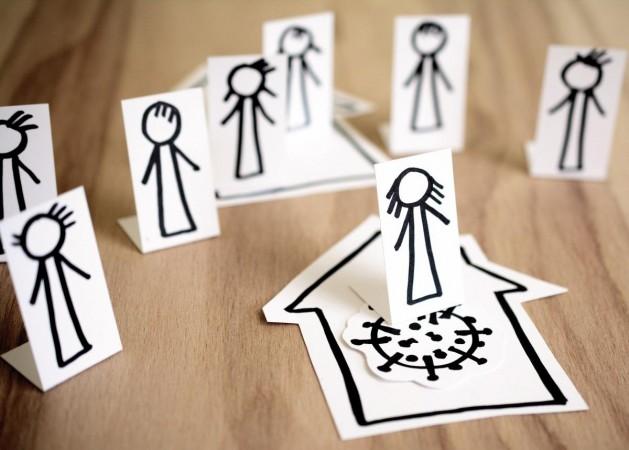
As the number of cases of COVID-19 continues to rise at an alarming rate in Bengaluru as well as across the state of Karnataka, new measures are being taken to curb the spread and manage the outbreak. But the shortage of hospital beds has been a nightmare for COVID-19 patients and their families in Karnataka. To overcome this obstacle, Karnataka has decided to allow home isolation for patients who are asymptomatic or mildly symptomatic.
While this may come as a relief to many, the responsibility is higher and it also falls upon the family members to make sure they remain safe and provide care to the COVID-19 patient. Despite the official order, home isolation works only when all the requirements of it are met at the home. For instance, the house must be suitable for isolation, home monitoring and treatment facility, PPE among other equipment and more.
Who is eligible for home isolation?
- The person shall be clinically assigned asymptomatic/mild case by the treating officer or physician
- Such cases should have the requisite facility at their residence for self-isolation and for quarantining the family contacts
- A caregiver should be available to provide care on a 24x7 basis. A regular communication link between the caregiver and hospital is a pre-requisite for the entire duration of home isolation
Home isolation guidelines
Here's everything you need to know about home isolation in case of a COVID-19 positive case that is asymptomatic or mildly symptomatic.
- Only those who are asymptomatic or mild symptomatic shall be allowed to be in isolation at home
- They sell be oriented to the protocol of home isolation
- Health team from district health authority/BBMP shall visit the house and assess its suitability for home isolation and also do triage of the patient
- Tele-consultation link shall be established for initial triage and daily follow-up of the patient during the entire period of home isolation
- The patient shall report to the physician/ health authorities about their health status every day
- The patient shall have pulse oximeter, digital thermometer and personal protective equipment (facemasks, gloves) to be used during home isolation
- The release of the patient home isolation shall be as per the existing discharge protocol of the state for COVID-19
- The home isolation shall be with the knowledge of the family members, neighbours, treating physician and local health authorities
Assessment of patient in home isolation

After receipt of the positive report, the patient shall isolate himself/herself at home in a separate room. The health team shall visit and assess the suitability of the house for isolation of the patient at home and also do a triage of the patient.
Ask regarding the following symptoms: fever, cold, cough, throat pain, difficulty in breathing, etc.
The health staff shall assess the following parameters:
- Thermal scanning for fever
- Pulse oximeter for SpO2 and pulse rate
- Glucometer for random blood sugar
- BP apparatus for blood pressure recording
Enquire for co-morbidities like hypertension, Diabetes, severe obesity, thyroid disease, cancer, kidney diseases including patients on dialysis, heart diseases, stroke, TB, people living with HIV, immune-compromised on steroids and immune-suppressants, etc.
Arrange a teleconsultation call for the initial assessment using Swasth app.
For further daily follow-up of the patient, teleconsultation through government or private hospital shall be arranged as desired by the patient.
















